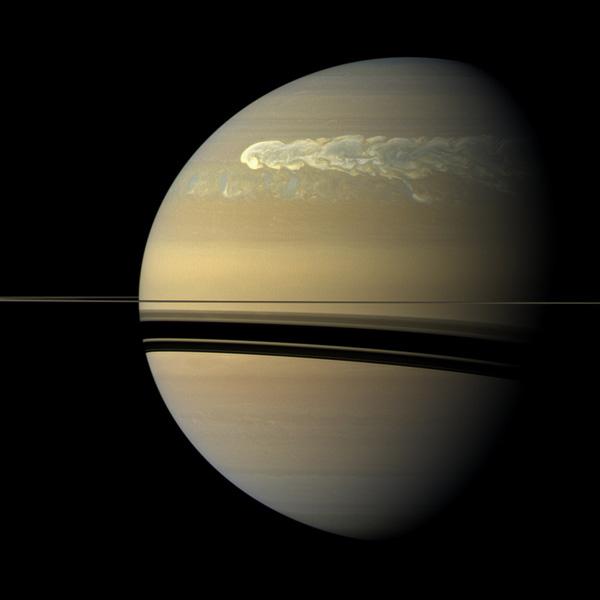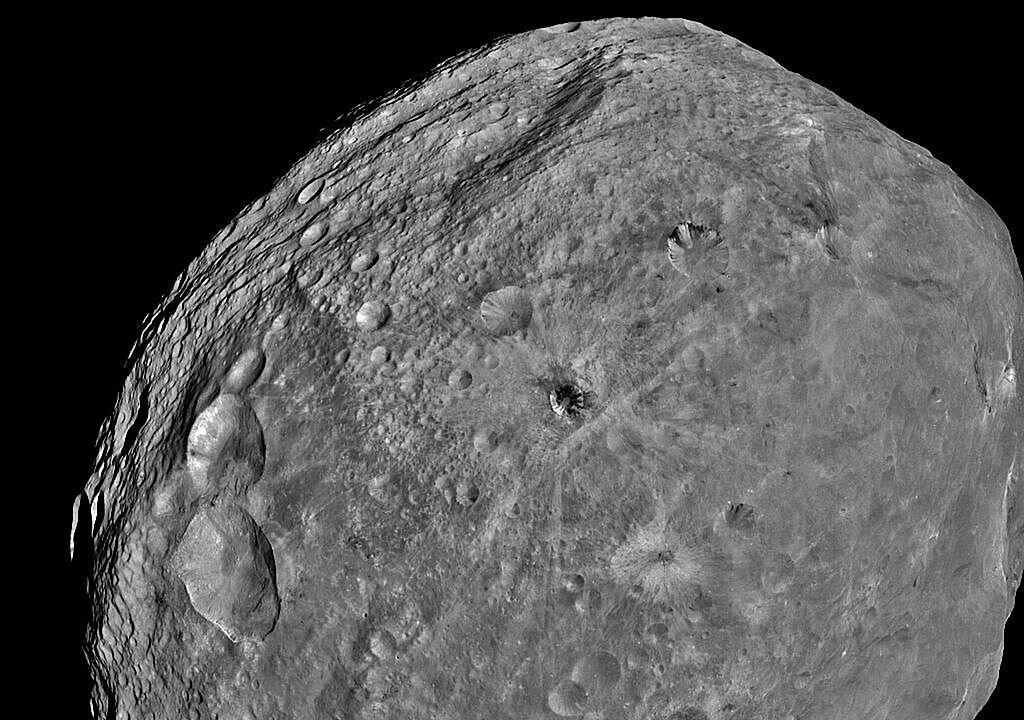Every 20 to 30 years, Saturn’s atmosphere roils with giant, planet-encircling thunderstorms that produce intense lightning and enormous cloud disturbances.
The head of one of these storms—popularly called “great white spots,” in analogy to the Great Red Spot of Jupiter—can be as large as Earth.
Unlike Jupiter’s spot, which is calm at the center and has no lightning, the Saturn spots are active in the center and have long tails that eventually wrap around the planet.

These false-color images from NASA's Cassini spacecraft chronicle a day in the life of a huge storm that developed from a small spot that appeared 12 weeks earlier in Saturn's northern mid-latitudes. NASA/JPL-Caltech/Space Science Institute

